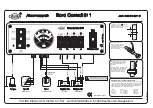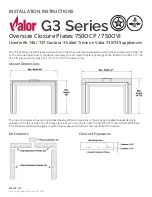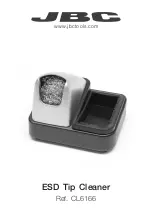
57 / 179
The reproduction, distribution and utilization of this document as well as the communication of its contents to others without
express authorization is prohibited. Offenders will be held liable for the payment of damages.
All rights reserved in the event of the grant of patent, utility model or design.
21.04.2020
Version 1.18.0
Technical data
APS-90, APS-180 and APS-90-Outdoor-PoE
Pin allocation on device
Fig. 35: RJ-45 Ethernet
interface
(arrow "A": optics orientation)
Compatibility of APS-90,
APS-180 and PoE switches
Characteristics
Pin no.
Name
Ethernet
PoE
mode A
PoE
mode B
1
TxRx A +
Transmit/Receive A (positive
polarity)
DC +
2
TxRx A −
Transmit/Receive A (negative
polarity)
DC +
3
TxRx B +
Transmit/Receive B (positive
polarity)
DC −
4
TxRx C +
Transmit/Receive C (positive polarity)
DC +
5
TxRx C −
Transmit/Receive C (negative
polarity)
DC +
6
TxRx B −
Transmit/Receive B (negative
polarity)
DC −
7
TxRx D +
Transmit/Receive D (positive
polarity)
DC −
8
TxRx D −
Transmit/Receive D (negative
polarity)
DC −
APS-90, APS-180
Port RJ45
PoE Switch
Port M12 D-coded (4pins)
Port M12 X-coded (8pins)
Port RJ45
"Mode A", "Midspan", "Phantom Feed"
Port RJ45
"Mode B", "Endspan", "Spare wire feed"
4.2.1.2
APS-90-Outdoor-PoE
This interface serves for the communication of the device with other devices within an
Ethernet network. The interface is also used for connecting a PC in order to configure the
device.
















































